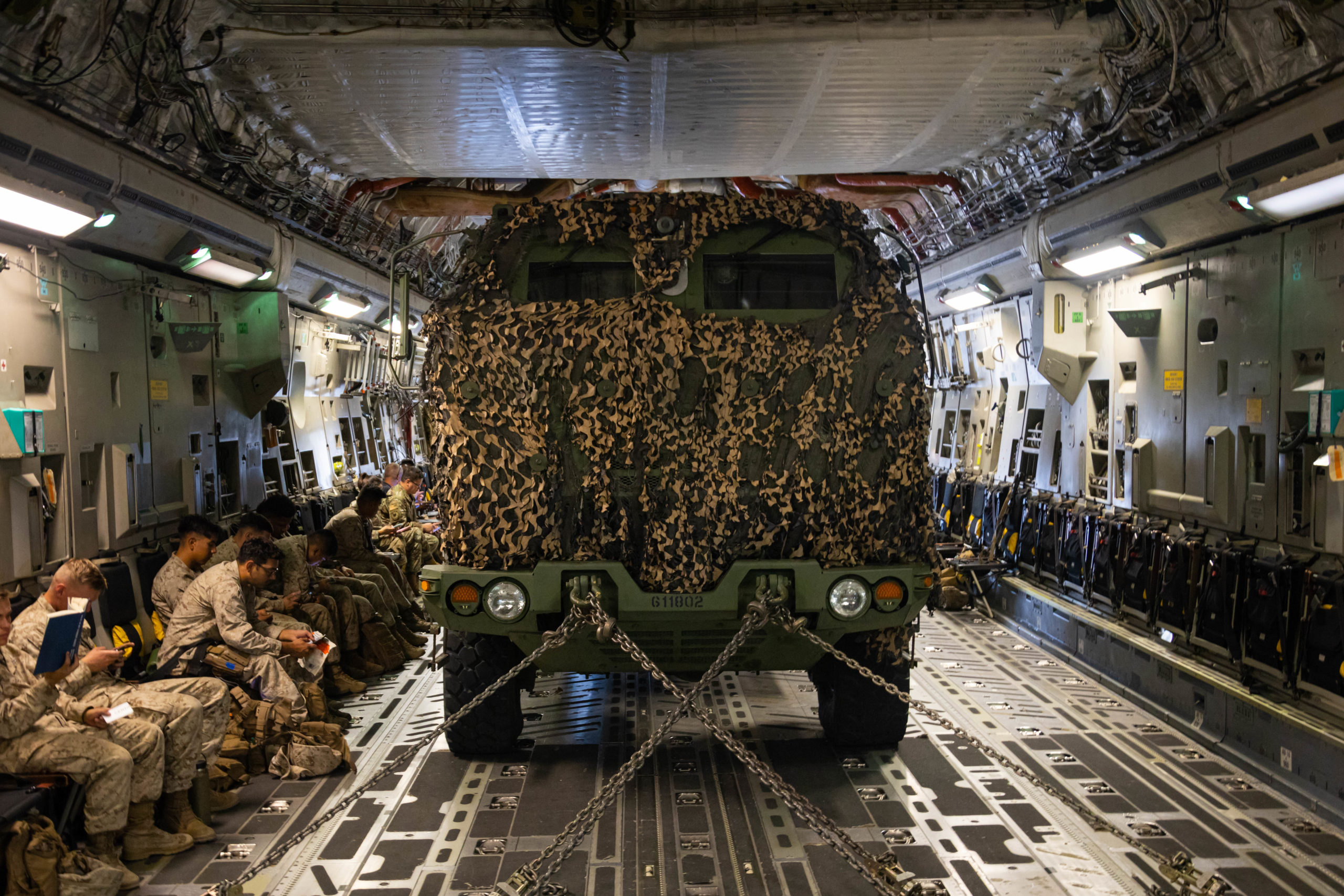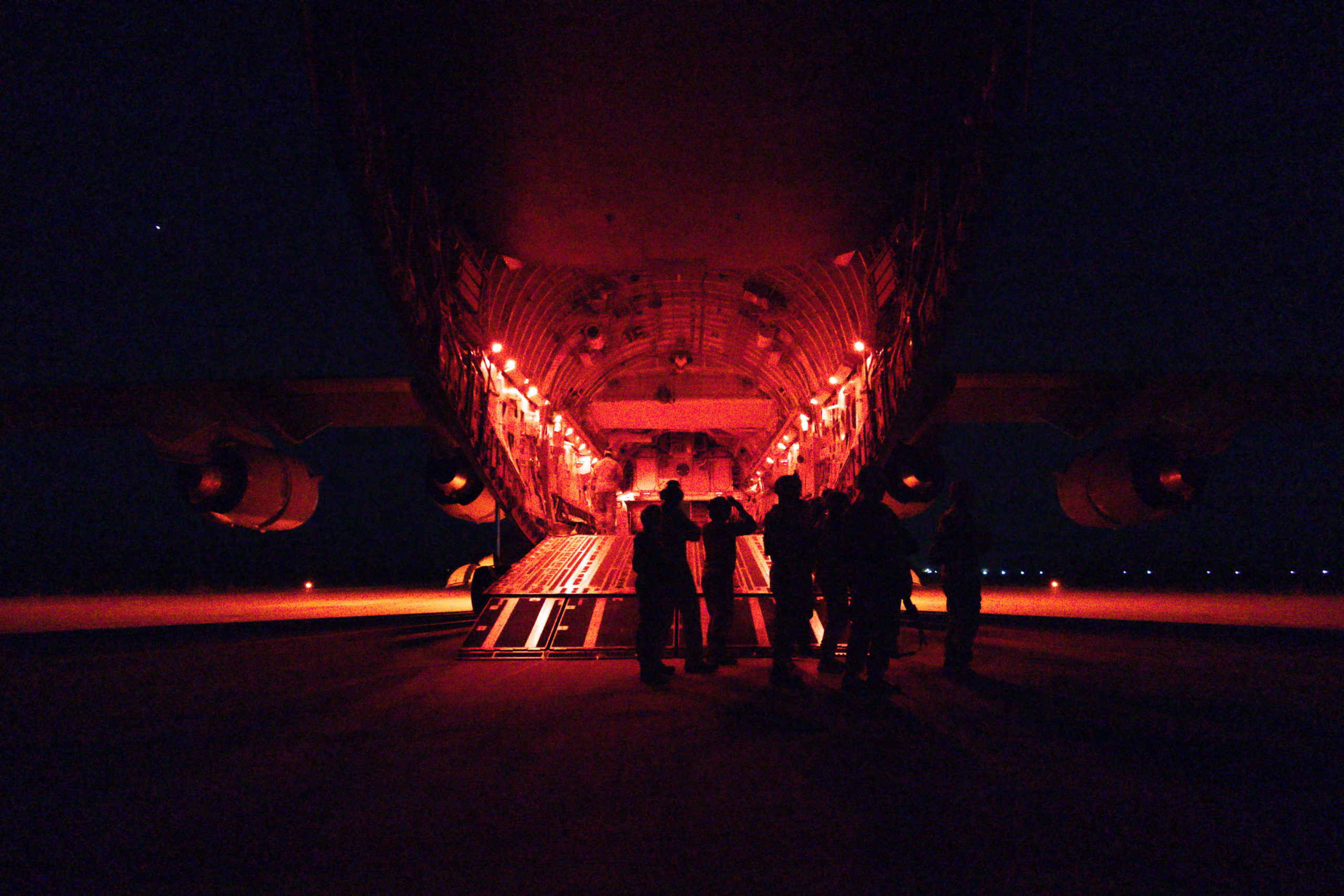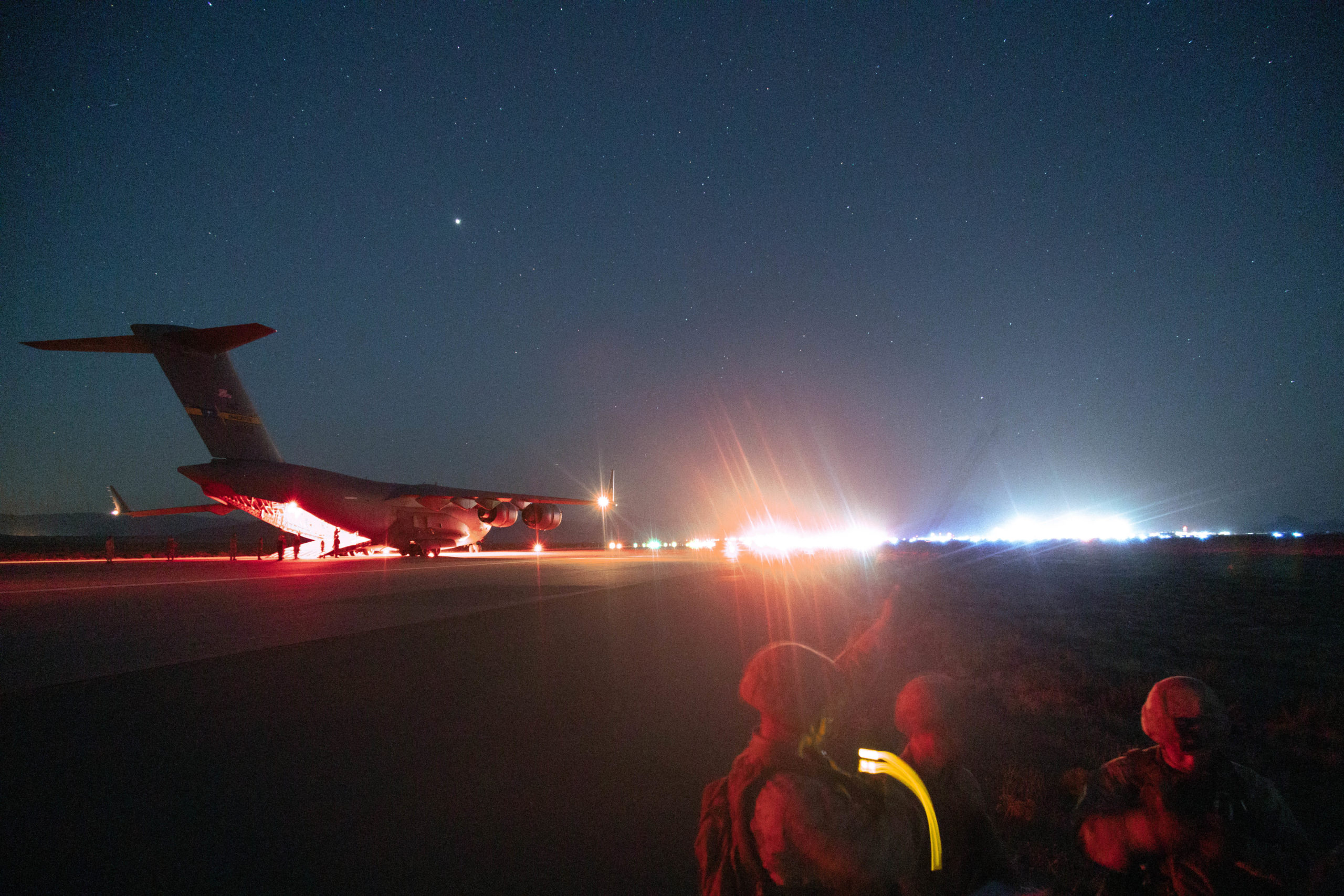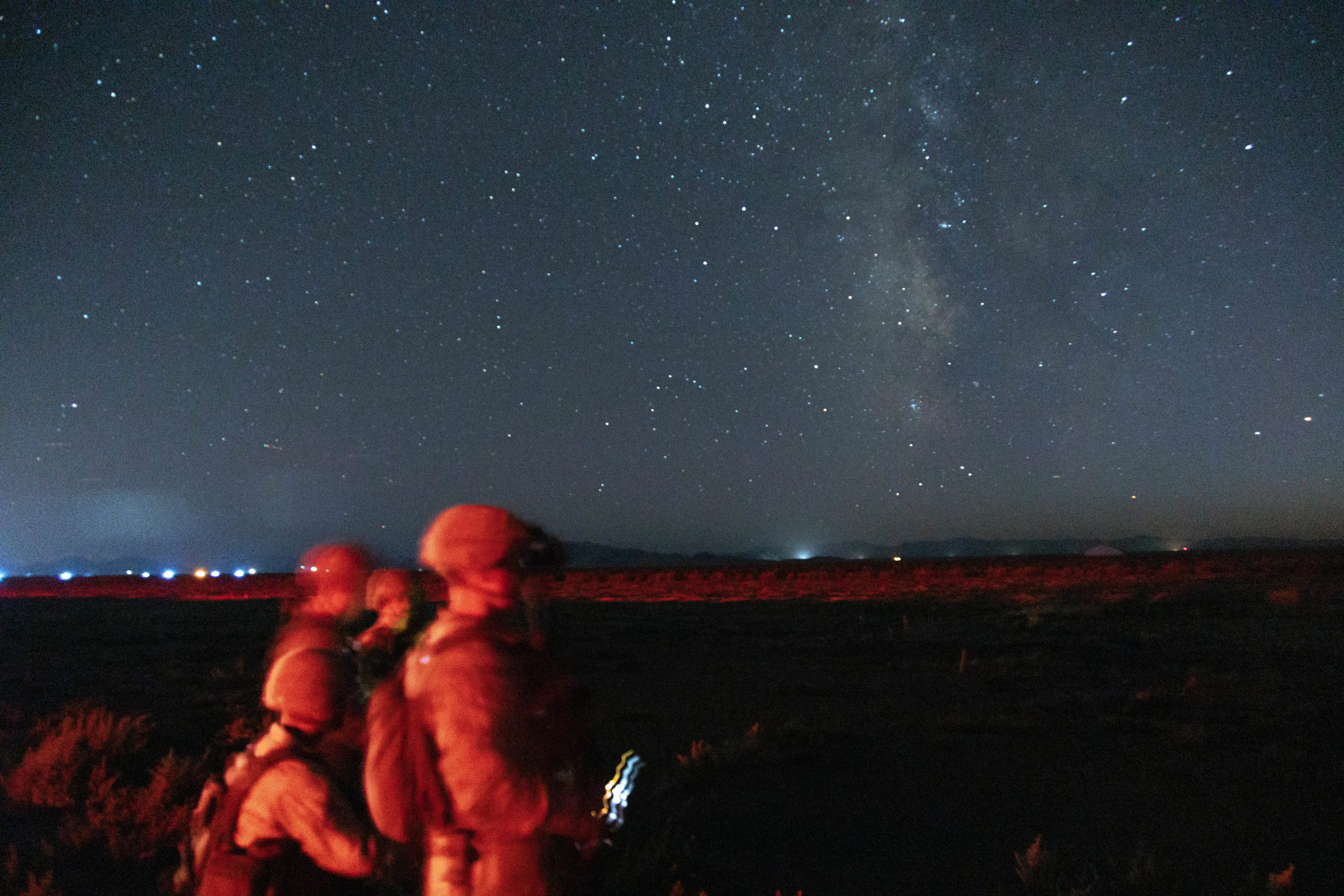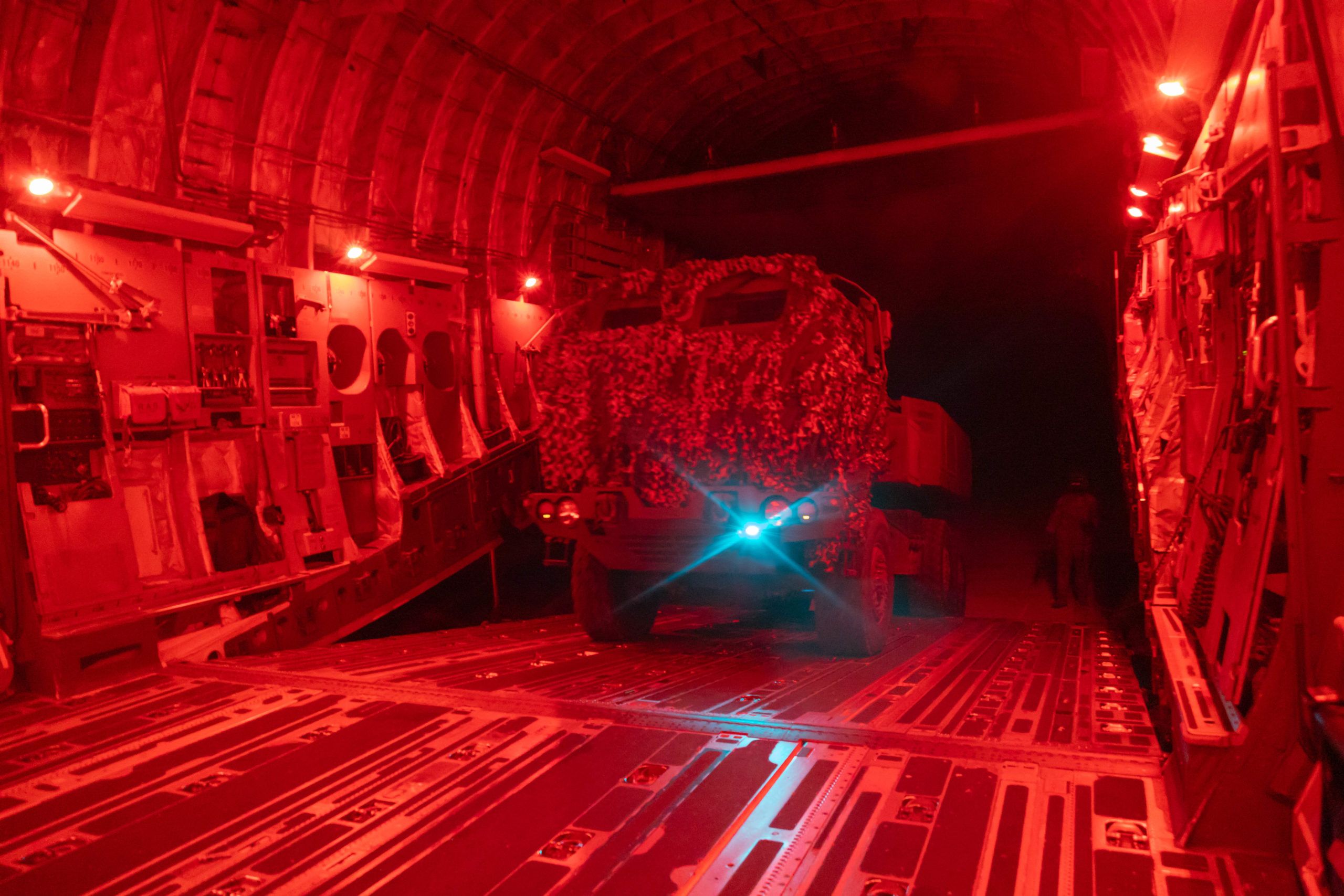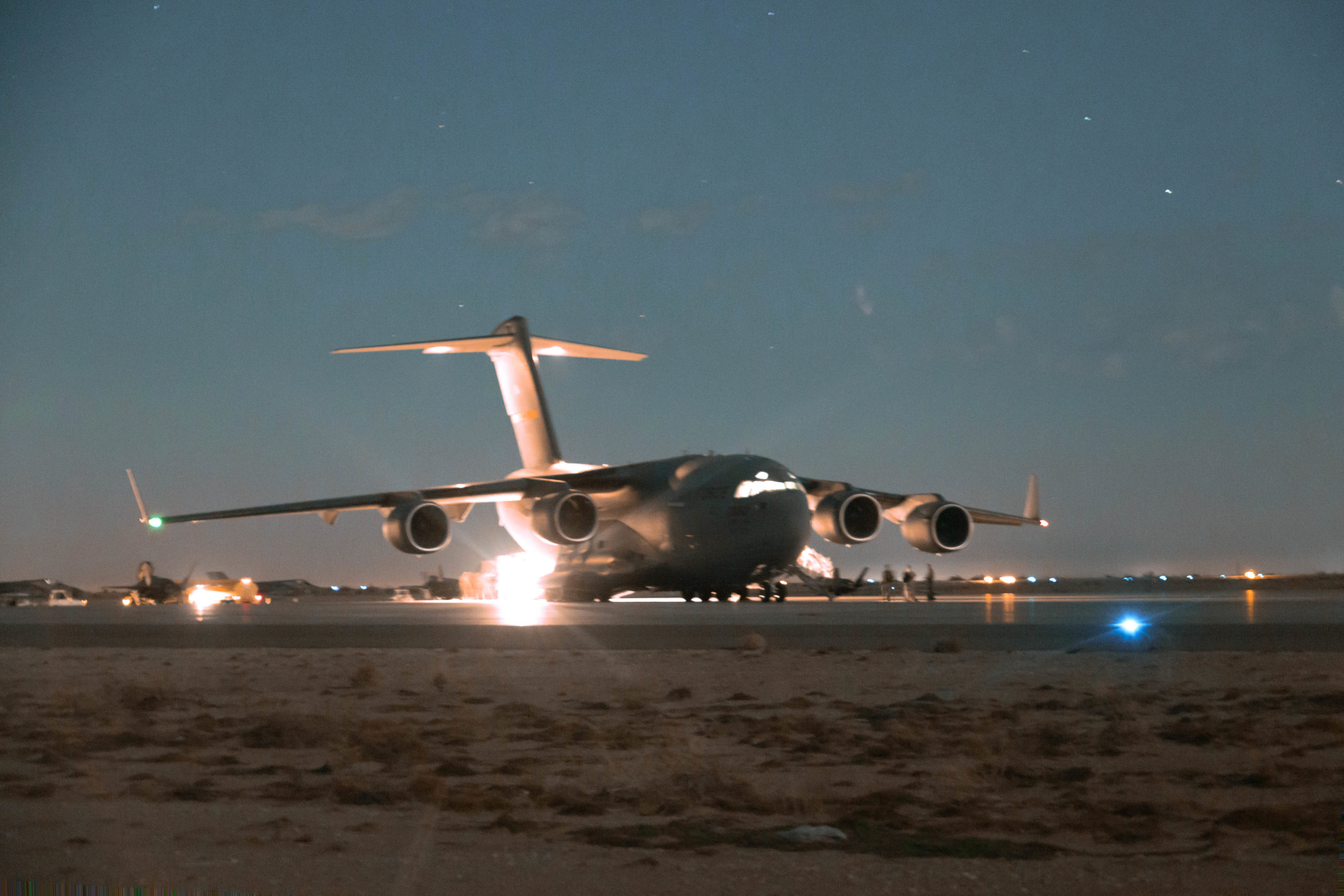By Robbin Laird
As the joint force works was to distribute for enhanced survivability but integrated through C2/ISR strands, there is a new role for ground force mobility.
One example of this was suggested in my interview in Copenhagen with a senior official with Weibel, the radar company and focused on how ground based artillery could be used to attrite drone offensives.
In that interview published on 22 July 2022, how the drone threat for the joint force could be addressed by the ground maneuver force was addressed.
During my recent visit to Copenhagen, I had a chance to visit with my Risk Intelligence colleagues Weibel Doppler Radars.
Weibel is a Danish company that provides integrated radar solution sets for Danish and allied forces worldwide, and is a major supplier to the U.S. armed forces as well…
We received a briefing on the company and its activities by Lars Krogh Vammen, Business Development Director. He provided an overview on the company’s various activities, but in this article, I am going to focus on one core capability which as we discussed allows the Danish and allied forces to rethink how to deal with the drone threat by using cost effective ground-based force options, rather than having to expend high-cost multi-domain missile capabilities, which are in short supply in any case….
A core point in the briefing was that Weibel is a sensor house. They work in a “system of systems realm” which means that they can work with a variety of customers and integrate with a wide variety of C2 solutions as well.We discussed at length the question of the drone threat and how Weibel has and is developing solutions for the operating forces to deal with these threats.
Obviously, the war in Ukraine and how both the Ukrainians and Russians are using and developing uses for drones to support attacks on air and ground forces is a key dynamic being observed by outsiders.
Much like the earlier use of drones in the Second Nagorno-Karabakh War, the use and adaptation of drones as part of a combat force means that new factors have been introduced which have to be dealt with in either defensive or offensive operations and in broader security considerations as well.
We started this discussion by focusing on how militaries need to integrate drone situational awareness capabilities and then be able to act on this SA to find a firing solution.
A core capability which Weibel has developed to shape effective SA is their XENTA radar sensor.
According to Vammen, the XENTA radar sensor is designed specifically for C-UAS and Ground Based Air Defense.
The XENTA radar is capable of detecting, tracking and classifying all types of aerial threats like fast moving targets such as fighter jets, RAM and missiles as well as Low Slow and Small targets like fixed wing and rotary wing drones. And the radar is agnostic with regard to 3rd party C2 systems.
This means that the open architecture system allows for data export for parallel signal processing.
The XENTA radar is a 3D digital array system. He argued that 3D Digital Array provides a factor 10 higher time on target compared to AESA. This allows for increased clutter suppression, sub clutter target detection and tracking and improved characteristics-based classification.
The characteristics-based classification challenge is a key one to determine whether one is really dealing with a drone or with various anomalies.
The XENTA is a software defined or upgradeable radar which can be adapted to new threats, profiles can be tailored to meet operational requirements and there is an upgrade path independent of hardware.
He emphasized throughout the briefing that the company worked closely with operating forces which means that as the company can enhance is characteristics-based classification system those enhancements can shape upgrade paths for the radar system itself.
A key part of the path to enhance a characteristics-based classification system is “machine learning in the loop.”
In his briefing he described how Weibel was working machine learning to enhance the ability of its sensors to determine whether it was birds or drones the sensor was seeing.
And then by correctly identifying what is a threat, it is then possible to shape more effective and timely firing solutions to eliminate the threat.
We discussed how their sensors could then provide the target identification for ground-based artillery to provide a firing solution with air-burst ammunition to eliminate the threat.
The war in Ukraine certainly has highlighted the challenge for the ground maneuver force to sort through the best way to used ground-based artillery to support the ground scheme of maneuver.
Enhancing its ability to “shoot and scoot” is one part of the equation; allowing it to provide a core drone killing capability would dramatically enhance its impact on the multi-domain offensive-defensive force as well.
But to deal with drone threats whether on a battlefield or on a country’s territory, Vammen argued that there is not a single sensor or effector, that can solve the threat from drones on its own.
A mixed, collaborative and connected approach through a common C2 platform may solve the task. He argued that it is necessary to breach domains and integrate necessary data across platforms and systems….
A second example of the evolution of ground based artillery in the distributed joint force concept is how the USMC are now working with HIMRS artillery systems.
The former MARFORPAC Commander, Lt. General Rudder explained the concept as follows:
“If we look forward in the not-too-distant future, we’ll have the ability to have land-based long-range fires, aviation fires, and persistent high endurance ISR (Intelligence, Surveillance, and Reconnaissance) with the MQ-9. We’ll be able to move those capabilities with KC-130s, MV-22s, or amphibious lift, allowing us to project long-range fires forward anywhere in Asia, much like we do with the HIMARS (High-Mobility Artillery Rocket System) today.
“HIMARS fits in the back of a KC-130, allowing rapid mobilization and insertion. We will exercise the same operational tactic with anti-ship capability. We want to project sea denial capabilities to cut off a strait of our choosing or maneuver into positions to create our own maritime chokepoint. “As we saw with hunting mobile missiles in the past, having long-range fires on maneuvering platforms makes them really hard to hit. As we distribute our long-range fires on mobile platforms, we now become a hard platform to find. Our desire is to create our own anti-access and area denial capability.”[1]
The approach described by Rudder was recently exercise by MAAWTS-1 at a most recent WTI course. According to the command: A U.S. Marine Corps H142 High Mobility Artillery Rocket System (HIMARS) assigned to Marine Aviation Weapons and Tactics Squadron One (MAWTS-1), fires during Weapons and Tactics Instructor (WTI) course 1-23 at Dugway Proving Ground, Dugway, Utah, on Oct. 12, 2022.
“WTI is a seven-week training event hosted by MAWTS-1, providing standardization advanced tactical training and certification of unit instructor qualifications to support Marine aviation training and readiness and assist in developing and employing aviation weapons and tactics.
But the ability to use ground force artillery in this role depends on kill web force — one needs to move, to conceal, to connect, to target through an evolving concept of integrated fires, to be sustainable and supportable.
It is a kill web enabled force capability but one which can be an effective part of muti-domain warfare.
The photos of HIMARS rapid infiltration are credited to Lance Cpl. Dean Gurule.
[1] Laird, Robbin F.. Defense XXII: A World in Transition (2023) (pp. 172-173). Kindle Edition.



